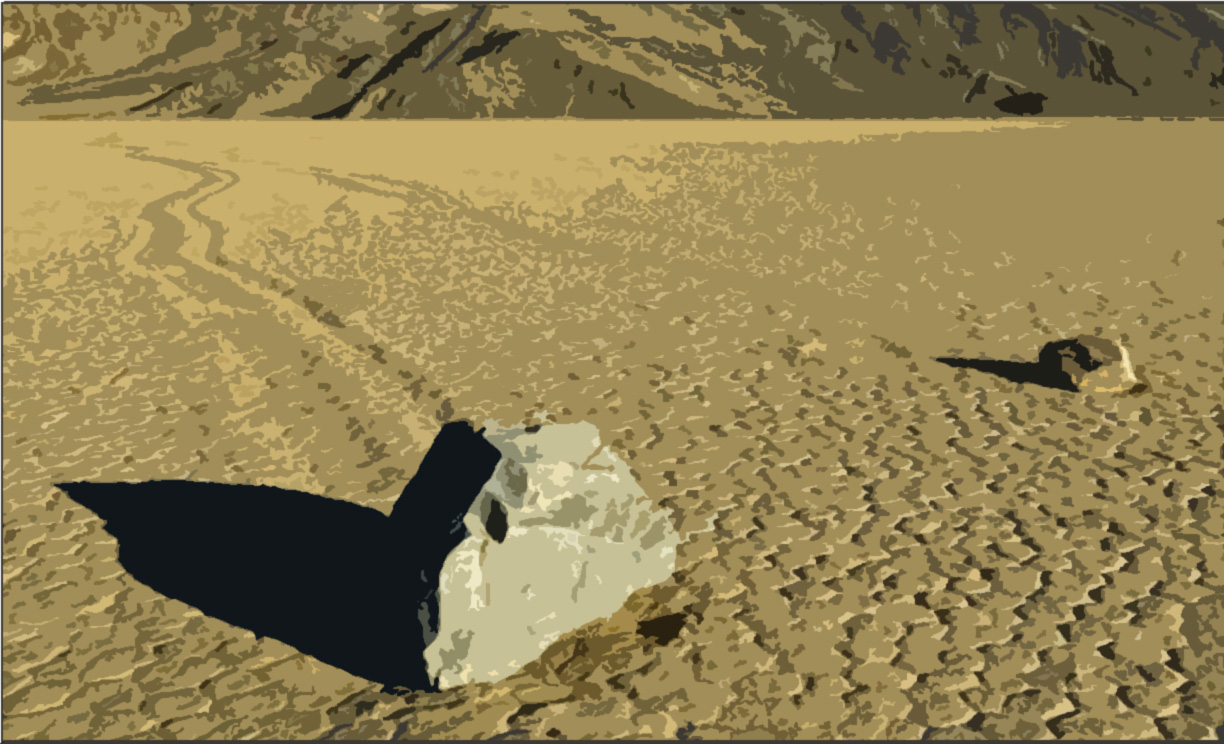
The rocks of 'Rock and Roll'
Travel and Leisure

739 views
0 likes
You will need to sign in before you can comment or like.
Warren: Where in the world are my documents gone?!
(After much searching)
Craig: Here they are! Under your table. Can't you keep some paperweight?
Warren: I did.
Craig: So did the rock move on its own?
Warren: Maybe.
Don't believe it?
‘Sailing rocks’ is the title given to these unusual stones of a dried lake bed, located in the Death Valley national park. These rocks move about the lake on its own, while leaving a trail behind. These boulders weigh 318 kg on average and have trail measuring up to 250 m. These trails take the form of smooth curves, straight lines or sharp turns. Many scientists, for years, have been proposing theories explaining the phenomenon. ‘
Some of the theories
- Strong winds cause the rocks to slide across the bed.
- Dust might have a role.
- Buoyancy of ice (during winter) helps move these rocks.
- Water and ice play a collective role during winter.
- Certain magnetic fields are involved.
However, there is still a proposed theory, forwarded by a NASA scientist named Ralph Lorenz, which seemed the most convincing. It was assumed that, during winter, enough water and ice were formed so that the rocks were able to float. These floating rocks get pushed across the muddy bottom of the lake (almost dry) by light breeze, leaving a trail behind. Of course, there were evidences to prove that the bed of the lake had been wet and cold enough to form ice during winter.
Comments